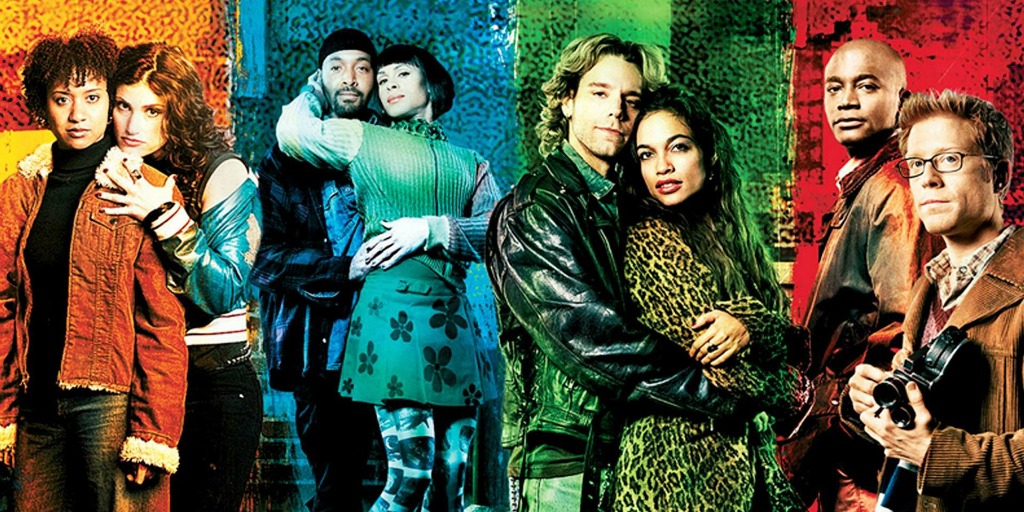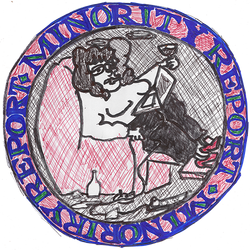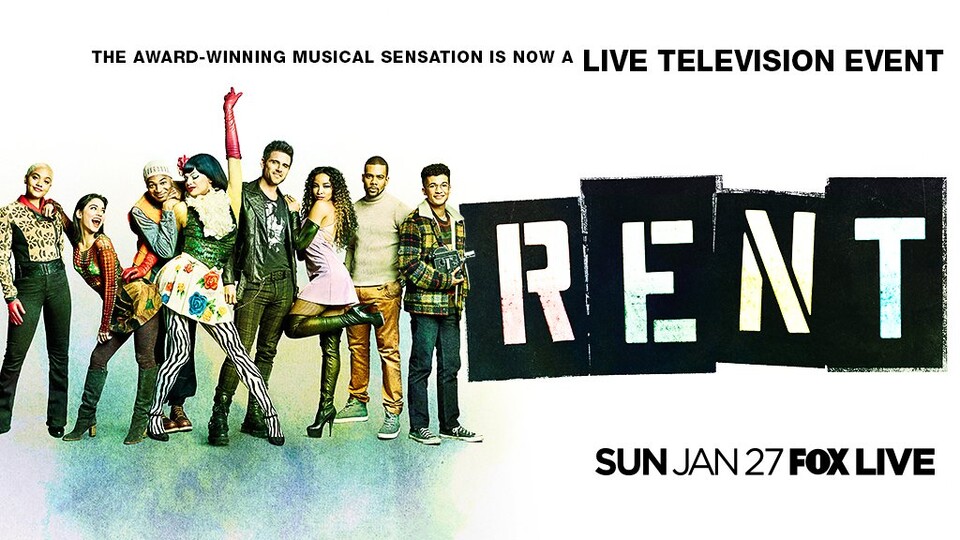Recently the Premier of Victoria, Daniel Andrews, repeated the somewhat tired economic ratio that casually links money to mental health. “If your rent represents more than 30 per cent of your income then you are under real stress.” The generalised despondency following in the wake of the announcement that the number of Australian arts organisations to be funded by the Australia Council would again decrease in 2021 seems related to this notion of health. How much do Australian artists and arts organisations pay in rent? Curiously, despite a relatively stable funding environment over the past seven years of Coalition Government, the arts community in Australia appears stressed. Including the Brandis raid of the Australia Council in 2014, and the eventual capitulation of the Turnbull Government to return it, relations between arts and the federal government are at an all-time low. Given the larger context of the COVID-19 pandemic that hit the Australian economy in March 2020, the subsequently massive contraction of the arts industry almost overnight also appeared to accelerate a broader shift that has been taking place across the country for some time. Now things are simply hastened and made more visible by the crisis: increasing costs, especially rental costs, mean that a large percentage of funding that comes from arts grants goes straight to landlords. Including venues that performing artists use, which largely rely on events for their income to pay the rent (in door-takings, bar-sales, patronage) also seems appropriate to this equation.
“Pay the rent” has long been a campaign slogan of the Aboriginal rights movement in Australia, “a land tax scheme where Australians who own property would pay rent to the traditional owners of that land”. This “Blak GST”—Genocide, Sovereignty, Treaty—seeks to shift community response to colonisation away from governments and directly onto settlers, but the idea of “the lease” has its local origin in colonial claims to “crown land”, better imagined as the Queen’s land. Queen Victoria, that is. It might also be worthwhile further counter-balancing this ledger with another Federal arts project using the rent as a function for the administration of art: Artbank was federally commissioned in 1980. Its purpose was to support artists in Australia by leasing artworks in the Artbank collection. Five years before it began the Australia Council was made a statutory body by the Whitlam Government.
In 2012 the Council was independently reviewed and in 2013 a new Australia Council Act was passed. Since that time, the arts in Australia have been seen to be in crisis. This may simply reflect a disappointment with successive austerity governments. But at first glance, it appears that a more insidious problem is rent: a very small number of arts organisations, as well as artists, own any property in Australia, and in addition to this a
further set of lease-holding businesses rely almost solely on artists in order to operate. Artbank, on the other hand is a concession scheme addressed to businesses who wish to lease artworks at a 100% tax deductable rate, without any need for ownership other than by the state (i.e. the scheme means governments, businesses, and especially individuals who are Australian taxpayers, effectively pay twice for renting works they already collectively own). In one way, it could be said that the main losers of any cuts to the Australia Council are the landlords of artists, artworks, and arts organisations (whose rents aren’t exactly forthcoming right now). That is, if we can properly alienate this fiscal equation of rent-seeking from the work artists make, some of whose current and planned works for the immediate future have now been suspended indefinitely, then the circular economy of the arts industry in Australia may in fact be properly broken.
Accepting that public trust in the logic of competition as a model for governmental regulation of, well anything, has all but “played out” and perhaps a federally supported arts industry has too. That the vagaries of excellence have replaced the previous sublimation of the battlefield, or tournament game, for funding models which use competition in their search for “merit” suggests we can’t have one without the other. The main question that returns us to art should be, as it always has been: is it good (i.e. does it slap)? Besides, it seems artists have always preferred the “failure” of death to a “victory” over the market when it comes to their practice. Today good work means asking if the work can sustain its art-status as “non-essential work”. That is, if art-work as a syntagm reveals its fundamentally non-essential essence, or its appearance, it does so only as work (in the way Giorgio Agamben put it so simply in the 1970s).
“Bad” work, then, is today represented by the labour market economy. Work that is sold to others, and which we only commit to do as a means to an end: to be paid for our labour has become a means to an end. Essential things that need to be done—like food, health care, education, and the provision of shelter—would happen and have happened irregardless of the presence of a market economy. The obvious notion that meaningful work should be the ideal is also rapidly eroding in the era of mass automation (selfdriving cars, drone logistics, etc). Meaningful work has been separated from labour, so that it no longer feels like work (is management work?). Something close to this notion could also be read into President Donald Trump’s spastic alarmism over the economic crisis brought on by an actual fucking pandemic: “metaphorically speaking”, the “cure can’t be worse than the disease”. That is, the emergence of undeniably necessary work, and the dissolution of the labour market, returns to us as a nostalgia for the status quo. For too long, art has been allowed to be absorbed into this economy, as a means to an end rather than an end in itself, as a mode of being as opposed to an objective reality. Recently, contemporary art has even made labour a central theme of its aesthetic project, feeding directly into the nostalgia pointed to by President Trump so effectively, whose red MAGA cap may be the culmination of aesthetic nationalism. What I want to propose here, is that we take this current low-point—perceived or actual—in the Australian arts funding environment to shift our focus to a collective redefinition of art as that which is outside of this economy. Art that is made “for-the-artist”, or if not for them, “for-itself”, and not as a means (or worse, as reduced to subsistence-only being), but as rent.
This leads me back to my initial point at the pearl-clutching consternation over the endless defunding of art at the federal level — instead, it is better understood as the canary in the coal mine. Rather than “how does art survive?” the question should be: what is the relationship between the state and its funding of art that is not for-itself, and how do we get there? In 1970 the German economist Alfred Sohn-Rethel published a study that would appear 7 years later in its English translation as: Intellectual and Manual Labour. Throughout the text this duality is referred to as the distinction between “head and hand”. For the artist there is perceived to be a perfect unity between the two.
The major study begins with a section concerning the fetishisation of intellectual labour. Sohn-Rethel was born outside of Paris to a family of artists in 1899. Despite finishing the manuscript in 1951, it took him twenty more years before the work would appear. Perhaps it was because of his proposal that the Marxist analysis needed a “staircase”, a mediation, which could lead us from the base to the superstructure, in order to critique philosophical epistemology. Sohn-Rethel’s target was the production relations of the middle class. “Individual labour”, he writes, “is in full control only in the small-scale individual production of peasants and artisans”.
Indeed, if art is that which is never produced for a community, but is only able to be appropriated by one, by “scaling it up” once it has been brought to those social institutions by the individual, is art in fact immune to its endless defunding (of the middle class, we might add) by the state? Most people today would agree that art will endure regardless of its funding by the state. Rather it is the state which is in danger of disappearing, not art. If so, should we not be celebrating the perpetual defunding of the arts, rather than decrying it? As it is the end of Australia that is progressively announced by the Australia Council, not the end of art. So let us not mourn the loss of those organisations who, as we realise—in our deepest, darkest thoughts—do not produce art anyway: they merely reproduce the industrial conditions for the arts. When it comes to the state, as the poet Harry Hooton realised in the wake of the Second World War: democracy becomes an inevitably industrial democracy. Art in this state, therefore, becomes by extension an industry, and its destiny is confirmed: all that is solid melts into air. It turns itself into money (the closest state a commodity comes to “air”).
An obvious response to this position is provided by the social history of art, the goal of historical research being the understanding of the present. That art is essential to our lives in the same way that entertainment is, for our health and wellbeing, is a part of a social system that allows us to reproduce social systems, as Niklas Luhmann might have said. In that way, the arts and entertainment industries, which have never sat comfortably with either side of the ledger, become economical. But art does not exist in a vacuum, you say, well, what if it does, and that vacuum is history? This leads me back to the question of immunity, how does one inoculate oneself from a disease for which there is no cure? Immunity is exemption, for the state it is an exception (in this way Agamben was at least somewhat correct in his analysis of European governments’ responses to the pandemic). Community immunity, better known as herd immunity, was floated by governments early on in the crisis. Now it is clear that this response cannot work: there is nothing communal about transmitting a potentially fatal disease to another person—let alone the eugenics assumed by the model, as Vito Laterza and Louis Phillipe Romer have pointed out. Certainly, immunity is the opposite of community. The community, let’s be clear, is defined as what is not the rulers or clergy. The response in the present conditions is that we are all sovereign, just some more so than others. Art is what reveals that to us today.
Artbank is administered by the Australian Government Department of Infrastructure, Transport, Regional Development and Communications, its Headquarters are in Waterloo, Sydney. It is now responsible for warehousing and leasing 11,000 artworks owned by the people of Australia. Again, the model is key: lease artworks to local, state, and federal governments and individuals and use the funds to pay for operating costs and the acquisition of new work. From the legal page of the Artbank website, the acquisition criteria for the Artbank Collection advocate “broad representation, excellence, new and emerging art practice and rentability”, and the policy ensures work must be purchased from the primary market. This is a microcosm of the art industry in Australia as a federal democracy. Clearly, despite government monopoly over bank reserves, the only way Artbank can acquire art is if it makes money from rental fees.
It is certain, then, that if “we want more money” is the only call that the community can make, then the status quo is what we actually desire. Rather, immunity calls for the reinstatement of art’s universalism—not the arts of the world, not global art, nor regional nor provincial art, but the art of the universe—what we should be demanding, especially now that everything is so uncertain, is that art reclaim space. In 1973 James Mollison had the Royal Australian Air Force fly the recently acquired work Blue Poles, painted by Jackson Pollock in 1952, on a tour of the capital cities of the country which was its new owner. At $US2million the painting had caused outrage amongst conservatives who opposed the now late director’s vision for the National Gallery of Australia, then under construction in Canberra. Blue Poles was to be the star of the collection when the gallery was opened in 1982 by Queen Elizabeth II. The acquisition of the work was pilloried. Particularly galling to the public at the time, was the “experimental” artworks acquisition during the Whitlam government, which had just offered the most progressive policy platform for the country in its entire history. (It is also important to recall that John Kerr, the Governor General who would dismiss Whitlam in 1975, was a co-conspirator in the Ern Malley hoax of 1943.) There is rumoured to be a military patch of the painting which commemorated the mission, worn by the soldiers who flew the artwork to each capital city in Australia. Never again have the culture wars so closely manifested the situation in which art so often finds itself embroiled. Today the painting is conservatively estimated to be worth hundreds of millions of dollars, deemed a masterpiece, and to the chagrin of most cultural warriors, an icon for the baby boomer generation. It is arguably the outcome of the vision of Sir Kenneth Clark, to whom Mollison had listened intently when he lectured at the National Gallery of Victoria in 1949. It is the art of colonial Australia.
In January 1996, Rent, the musical about starving artists struggling to survive in Manhattan’s East Village, premiered Off-Broadway the night after its creator, Jonathan Larson, suddenly died from an undiagnosed health condition. Since that time, it has grossed hundreds of millions of dollars and was most recently broadcast live by Fox as a television special in January 2019. The question of why art in Australia continues to drift towards US-style models for arts funding needs to be the feverish question we repeatedly ask. Can we not judge contemporary events in the US—the authoritarian politics, the public health crisis—and see that maybe this is not the path we want the arts to take? Or perhaps the path is already set. In that case, we have already seen how this will end: not well.


